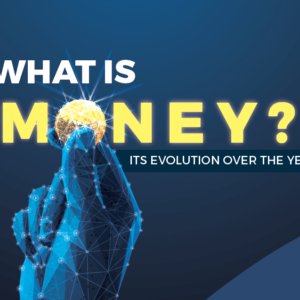When you’re counting your coins or paper bills, do you ever wonder how they come to be what they are now—the primary medium of exchange for goods, services, and experiences? Indeed, money is one of the most important inventions of civilization.
Before this medium, people used the act of bartering, where they exchange items for something they both want. As cliché as it may sound, money is what makes the world go round. People work for it and live for it. Regardless of the currency, these coins and paper bills have become a fixed part of society and people’s everyday lives.
If you’re wondering how money works as a payment method, it needs to satisfy three central functions, which are as follows:
- Medium of exchange: This pertains to the item used for trading where both parties involved must agree that the money holds value.
- Unit of account: The medium must serve as a method to price or measure the goods, services, and experiences consumers want to purchase.
- Store of value: Money must carry its value for a period to be regarded as a medium of exchange.
Fast forward to the digital era, and technology has allowed people to perform cashless transactions online and introduced the concept of digital currency, still encapsulating the very essence of money. To help you better understand money and how it has evolved to digital currencies, check out the infographic below.

